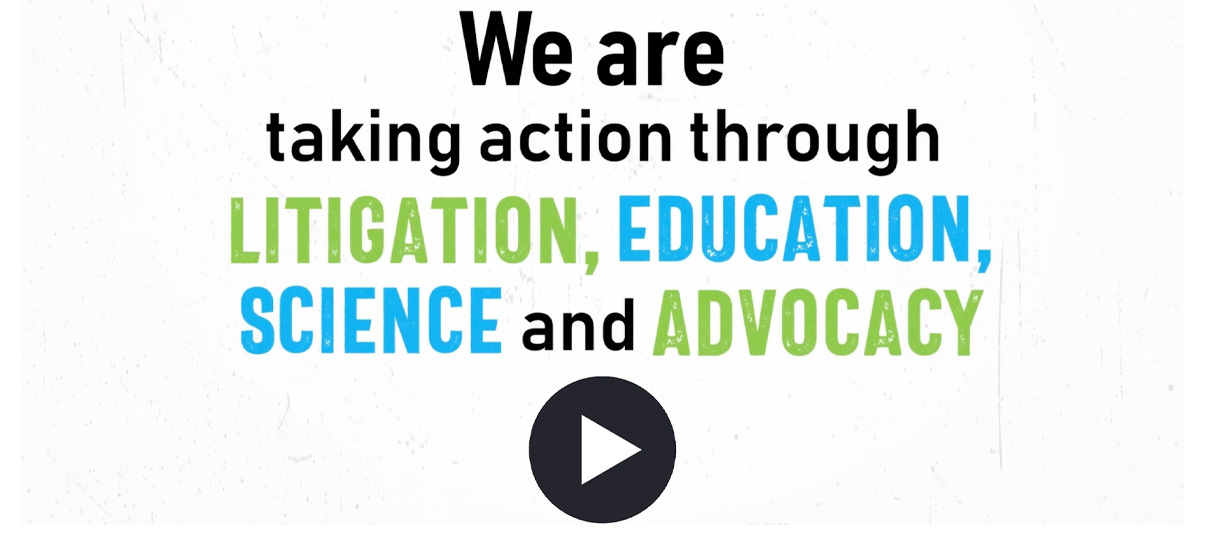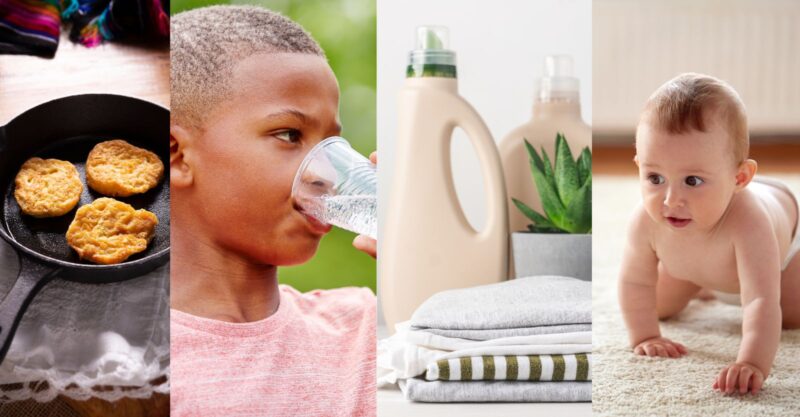Government of Canada Announces Plan to Label ‘PFAS’ as Toxic
On March 5, 2025, the Government of Canada announced its decision to label per- and polyfluoroalkyl substances (PFAS), commonly known as “forever chemicals,” as toxic.
These harmful substances are found in everyday products like clothing, food packaging, cookware, carpets, textiles, and water. PFAS exposure is linked to a range of serious health issues, including immune dysfunction, hormone disruption, metabolic disorders, and developmental harm—particularly concerning for children.
As advocates for children’s health, CHD Canada supports stronger measures to reduce PFAS exposure. Research shows that these chemicals accumulate in the body over time, affecting organs such as the liver, kidneys, thyroid, and reproductive systems. Children are particularly vulnerable, as their developing bodies are more susceptible to the toxic substances found in household items and contaminated drinking water.
Why This Matters for Children’s Health
PFAS exposure is linked to serious health problems in children, including:
- Developmental Issues: PFAS can negatively impact infant birth weights and development
- Reproductive and Developmental Risks: Adverse effects on fertility and developmental challenges, including growth and brain development.
- Immune System Impairment: Weakened immune responses, increasing vulnerability to infections.
- Cancer Risks: Links to thyroid and breast cancers, which could affect long-term health.
In response to these risks, the Government of Canada has published the State of PFAS Report, concluding that PFAS (excluding fluoropolymers) are harmful to both human health and the environment. As a result, Canada is moving to classify PFAS as toxic under the Canadian Environmental Protection Act (CEPA) and is implementing a step-by-step action plan:
- Phase 1 (starting 2025): Restricting PFAS in firefighting foams to protect firefighters and reduce environmental contamination.
- Phase 2: Targeting unnecessary uses of PFAS in consumer products, such as cookware, food packaging, textiles, and carpets.
- New Reporting Requirements: Manufacturers and facilities using PFAS will be required to report their usage to the National Pollutant Release Inventory, improving transparency and tracking potential industrial contamination.
While these steps are positive, CHD Canada calls for stronger protections for children
We need clear timelines for eliminating PFAS from all non-essential products, stronger protections for drinking water, and accountability for industries that have knowingly polluted communities with these chemicals. Families deserve access to clean environments and toxin-free products, and we will continue advocating for policies that prioritize children’s health over corporate interests.
The government is inviting public comments on the proposed regulations until May 7, 2025. Now is the time to raise our voices and demand stronger protections for the next generation.
By email
Email: [email protected]
By phone
Substances Management Information Line:
Telephone: 1-800-567-1999 (within Canada) or 819-938-3232 (outside of Canada)
By mail
Substance Prioritization, Assessment and Coordination Division, Science and Risk Assessment
Environment and Climate Change Canada
351 Saint-Joseph Boulevard
Gatineau QC K1A 0H3
Read the full news release HERE.
Additional Reading:
Prenatal PFAS exposure may be linked to childhood obesity, study shows
Are Canadian Children Safe From PFAS?
PFAS – The Toxic ‘forever chemical’ Hiding in Plain Sight
Just a Reminder: Masks Are BAD For Your Health
New Test Finds more than 50 Common Chemicals may be Linked to Infertility
B.C. Files Class-Action Lawsuit Over “Forever Chemicals” in Drinking Water
*******************************************************************************************************

